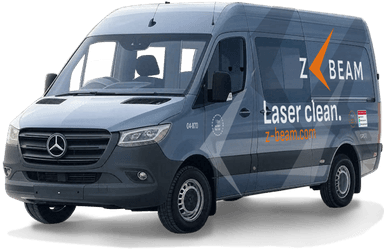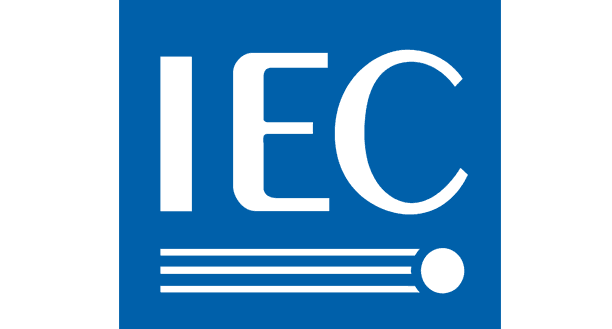
FDA
FDA 21 CFR 1040.10 - Laser Product Performance Standards



When cleaning cast iron, we've found its inherent porosity serves as a natural benefit, pulling in laser energy to break loose tough rust and scale on heavy industrial components, but you need to begin with careful power levels from the start to avoid any chance of surface cracking due to the material's relative brittleness, in the end bringing back its strength for automotive and machinery uses while keeping structural integrity intact
When examining the contaminated cast iron surface at high magnification, you see thick layers of rust and debris clinging tightly to the uneven texture. Dark smudges and flaky buildup obscure the underlying metal grains completely. Scattered pits fill with grime, making the whole area look dull and irregular.
After laser treatment, you notice the surface turns smooth with clear, exposed metal shining through evenly. No traces of rust remain, and the grains appear crisp without any clinging residues. The texture evens out

FDA 21 CFR 1040.10 - Laser Product Performance Standards

ANSI Z136.1 - Safe Use of Lasers

IEC 60825 - Safety of Laser Products

OSHA 29 CFR 1926.95 - Personal Protective Equipment